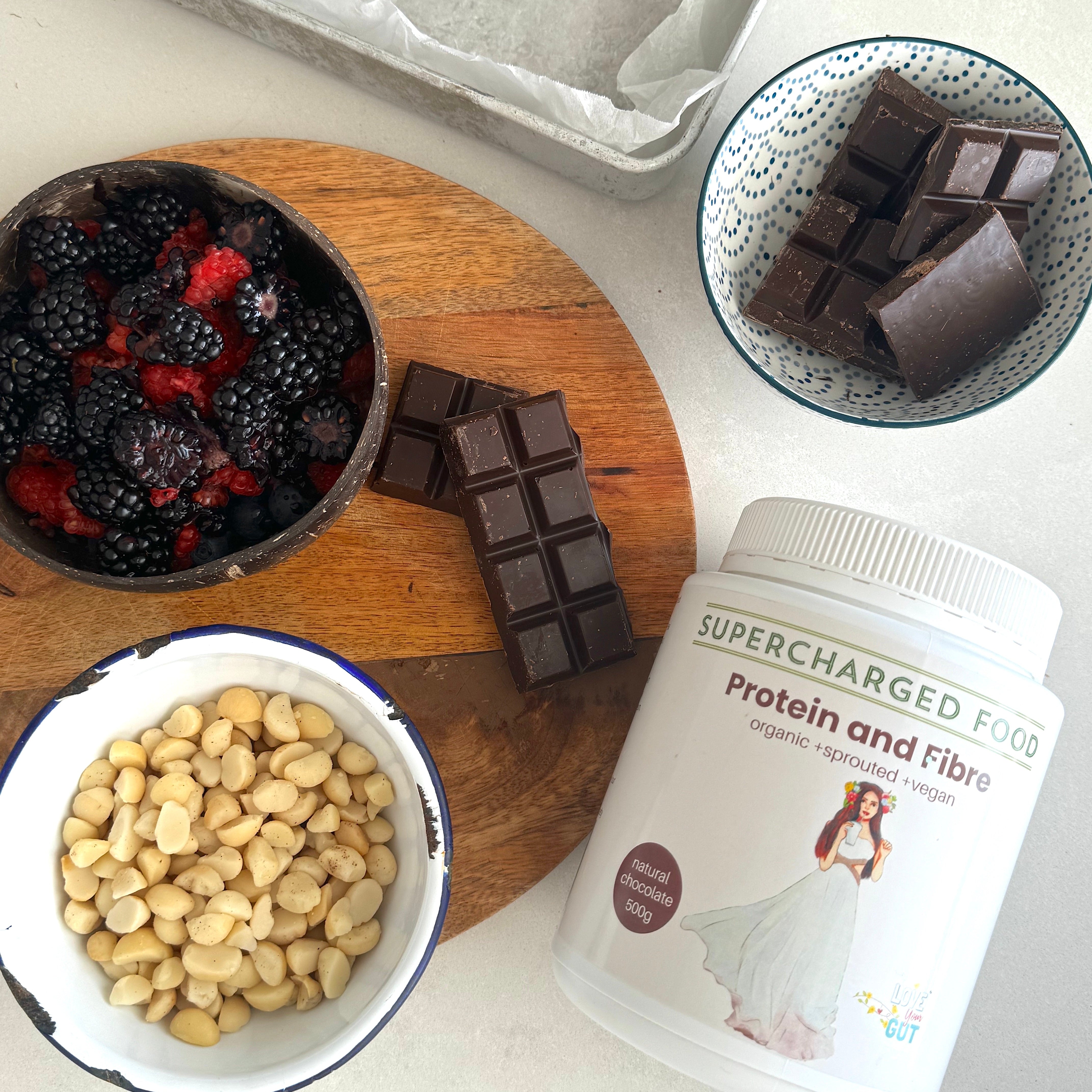Have you ever felt an instant sense of calm wash over you when you enter nature? You know, that all-encompassing sensation that flows through your body when you step into the ocean, dive into a waterfall or go on a hike (okay, maybe when it’s the flat part of the walk and not the occasional excruciating uphill)? If you have, you were probably experiencing the effect of negative ions.
While negative ions may have, well, negative connotations because of their name, they have a surprisingly positive impact on the body. Stick with me as we dive deep into the positives behind negative ions – we’ll look to research papers and clinical trials to discuss what negative ions are and their potential beneficial impacts on the body.
What are negative ions?
To understand what negative ions are, we have to do a little science 101.
Atoms are the basic building blocks of ordinary matter; they join together to make molecules. Molecules have a certain number of electrons that float around their central core, known as the nucleus.1 Some of these electrons are positively charged, while others are charged negatively. An atom becomes positive when it loses an electron. It becomes negatively charged when it gains an extra negatively charged electron.1 Many researchers have suggested that negative ions exert a beneficial impact on the body because of the chemical reaction the ions have on bodily tissues.
What’s the difference between negative and positive ions?
Negative ions are found in clean air and leave you feeling energetic and uplifted, as opposed to positive ions which are found in polluted cities and can increase feelings of lethargy.1
What are the benefits of negative ions?
- Mood enhancers
Exposure to negative ions can enhance mood, with research indicating that negative ions may assist with the reduction of stress.2 There have been five randomised placebo-controlled studies assessing the impact of negative ions on cortisol (our stress hormone) and anxiety.2 The tests used different activities to evaluate the effect of negative ions, looking at biochemical reactions of stress, including the release of cortisol and catecholamines in the hypothalamic-pituitary-adrenal axis and the sympathetic nervous system.2 Using computer operating systems and a self-reported questionnaire on an individual’s anxiety, it was clear that negative ion exposure improved and reduced the anxiety response.2 This impact may be partially attributed to the relationship negative ions have with natural killer cells, which help decrease stress hormones.1 Negative ions support psychological health, as well as overall wellbeing.1
- Improved cognitive performance
Negative ions may have a strong influence on cognitive performance, with clinical trials indicating that constant negative ion exposure enhances mental capacity.3 An assessment of 45 humans showed that negative ions improved cognitive performance – increasing mirror visual and auditory reaction time.3 It also appears to influence the normal circadian rhythms (our sleep-wake cycle), which is essential for performance.3
A further sixteen articles showed that negative ions improved selective attention, memory and the activation of the cerebral cortex in learning-impaired participants, further demonstrating their cognitive potential.4
- Improved immune system
We now know that negative ions are abundant in clean and purified air, so it’s no surprise that negative ions can relieve symptoms of allergies to dust, mould spores and more.1 Reports show that negative ions attach themselves to particles, such as dust, and remove them from the air or the body, improving respiratory responses.5
Many research articles have indicated that negative ions have an antimicrobial impact on the body. Five significant studies demonstrated that high exposure to negative ions could inhibit the growth of bacteria, upsetting the stability of bacteria (this is, of course, concerning to the bacteria, but a huge benefit for us).6 Negative ions exert their influence on a range of bacteria, including Serratia marcescens, E. coli, Candida albicans, Staphylococcus aureus and P. fluorescens – it’s your guts newest best friend![7-11]
Not only have negative ions proven to have an antimicrobial impact, but they’ve also shown to improve cardiovascular health, by decreasing blood pressure and improving aerobic metabolism.12
What else can negative ions do?
On top of these research-based benefits, emerging literature indicates the power they can have on managing anxiety, improving respiratory health and enhancing the metabolism of carbohydrates and fats – so, keep your eyes peeled!1
Connecting with negative ions
- One of the best ways to connect with negative ions is to go where they exist naturally; the great outdoors. Go on a hike, visit a waterfall, a creek or a beach. You can even find them in the shower.
- Consume diatomaceous earth, which naturally contains negative ions and helps clean out the accumulated build-up of waste, toxins, metals and mucous. Find diatomaceous earth in Love Your Gut Powder, Love Your Gut Capsules and Golden Gut Blend.
- Invest in a Himalayan salt lamp – proven to improve negative ion exposure.
- Light up the room with a negative ion candle; a vegan, cruelty-free soy wax candle rich in negative ions and natural fragrances.
The takeaway
Negative ions are abundant in nature and are natural mood enhancers, brain boosters, immunity promoters, bacteria busters and more!
1 Jiang, S., Ma, A., & Ramachandran, S. (2018). Negative Air Ions and Their Effects on Human Health and Air Quality Improvement. International Journal Of Molecular Sciences, 19(10), 2966. https://doi.org/10.3390/ijms19102966
2 Nakane, H., Asami, O., Yamada, Y., & Ohira, H. (2002). Effect of negative air ions on computer operation, anxiety and salivary chromogranin A-like immunoreactivity. International Journal Of Psychophysiology, 46(1), 85-89. https://doi.org/10.1016/s0167-8760(02)00067-3
3 L. H. HAWKINS & T. BARKER (1978) Air Ions and Human Performance, Ergonomics, 21:4, 273-278,DOI: 10.1080/00140137808931724
4 Morton, L.L. & Kershner, J.R., Negative air ionization improves memory and attention in learning-disabled and mentally retarded children. Journal of Abnormal Child Psychology, 12, 353-365, 1984.
5 Goldstein, N. Reactive oxygen species as essential components of ambient air. Biochemistry 2002, 67, 161–170.
6 Krueger, A., & Reed, E. (1976). Biological impact of small air ions. Science, 193(4259), 1209-1213. https://doi.org/10.1126/science.959834
7 Phillips, G.; Harris, G.J.; Jones, M.W. Effects of air ions on bacterial aerosols. Int. J. Biometeorol. 1964, 8, 27–37
8 Tyagi, A.K.; Nirala, B.K.; Malik, A.; Singh, K. The effect of negative air ion exposure on Escherichia coli and Pseudomonas fluorescens. J. Environ. Sci. Health A Tox. Hazard Subst. Environ. Eng. 2008, 43, 694–699
9 Dobrynin, D.; Friedman, G.; Fridman, A.; Starikovskiy, A. Inactivation of bacteria using DC corona discharge: Role of ions and humidity. New J. Phys. 2011, 103033
10 Shargawi, J.M.; Theaker, E.D.; Drucker, D.B.; MacFarlane, T.; Duxbury, A.J. Sensitivity of Candida albicans to negative air ion streams. J. Appl. Microbiol. 1999, 87, 889–897
11 Noyce, J.O.; Hughes, J.F. Bactericidal effects of negative and positive ions generated in nitrogen on Escherichia coli. J. Electrostatics 2002, 54, 179–187
12 Iwama, H.; Ohmizo, H.; Furuta, S.; Ohmori, S.; Watanabe, K.; Kaneko, T.; Tsutsumi, K. Inspired superoxide anions attenuate blood lactate concentrations in postoperative patients. Crit. Care Med. 2002, 30, 1246–1249







Leave a comment